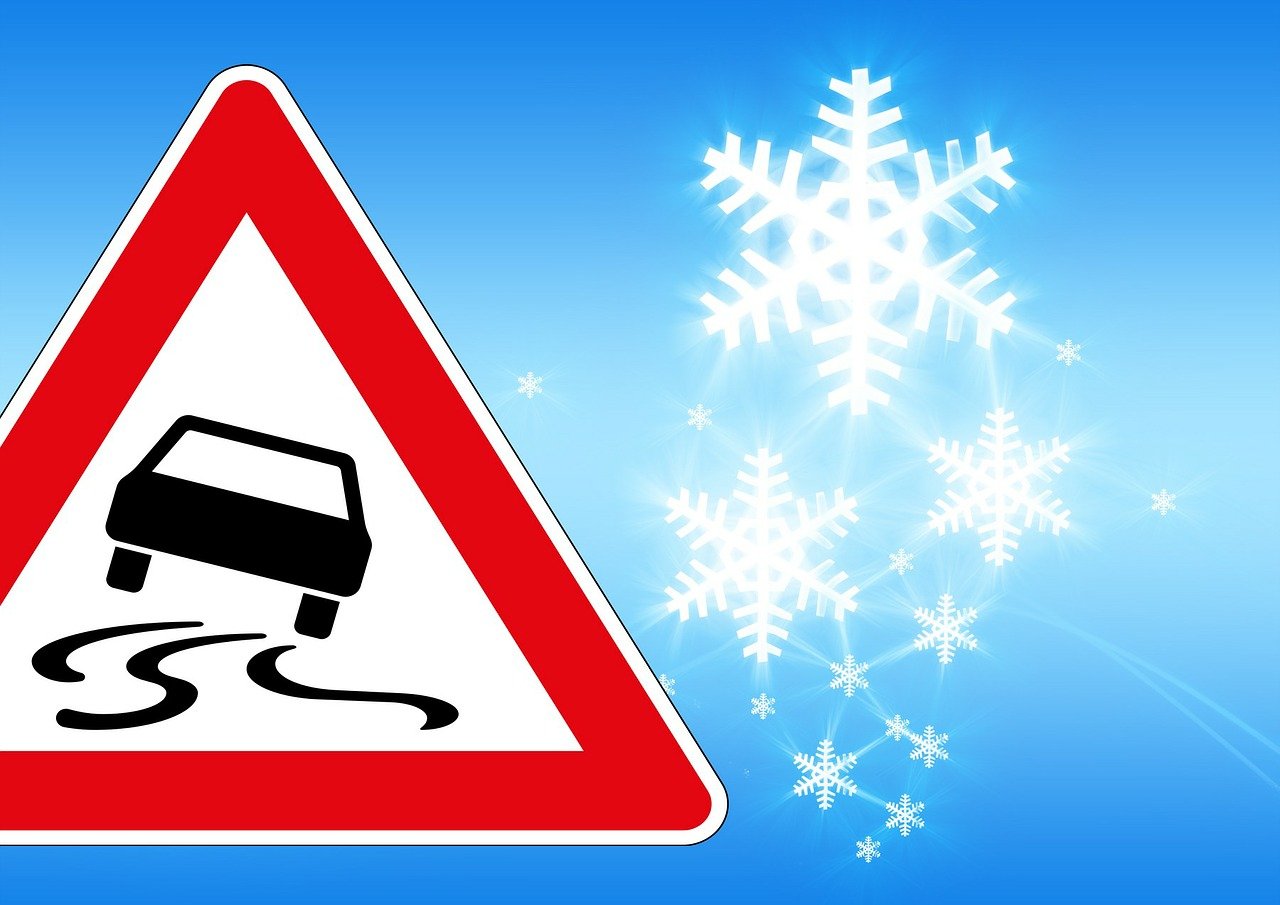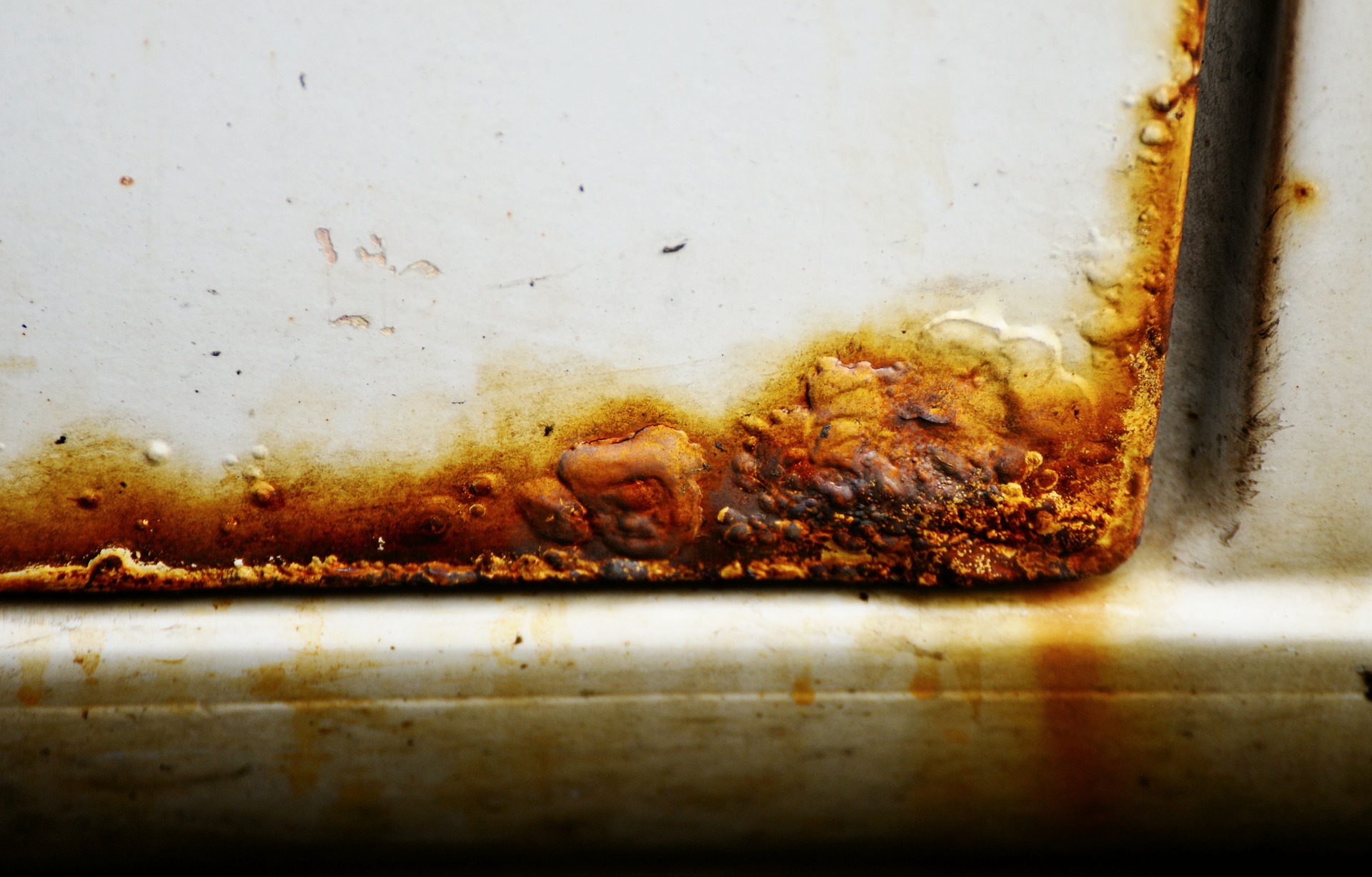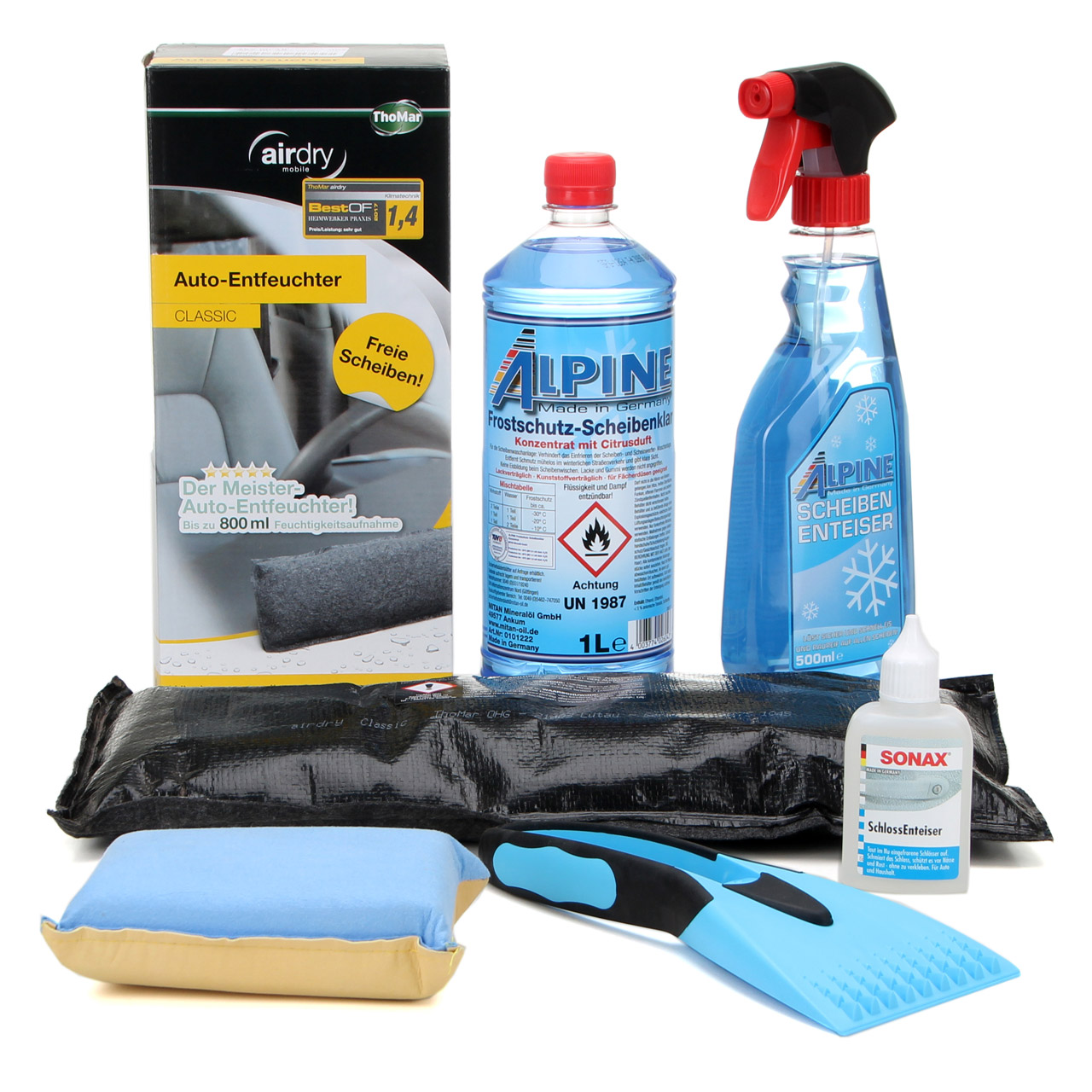A good winter check on your car brings you safely through the cold season
Winter is here! Temperatures are falling and it is getting cold and wet, in some places snow is already falling or there is slipperiness. In these conditions it is important that the vehicle is in top condition so as not to further increase the dangers. In addition, the weather conditions stress many components on the car. In order to make the car winterproof, it is therefore worth checking the car before it gets really cold. But what does a winter check include? Is it necessary to visit the garage for this? When is the best time for a winter check on the car? We will answer these and other questions in detail here.
What all belongs to a good winter check at the car?
In principle, it is advisable to carry out the winter check on the car at the latest before the first frost. It can also be done by changing to winter tires. In general, the winter check can also be carried out independently without a workshop. It only needs some time. In the following, we will go into the different areas and what should be checked on the car during the winter check.
1. Winter tires
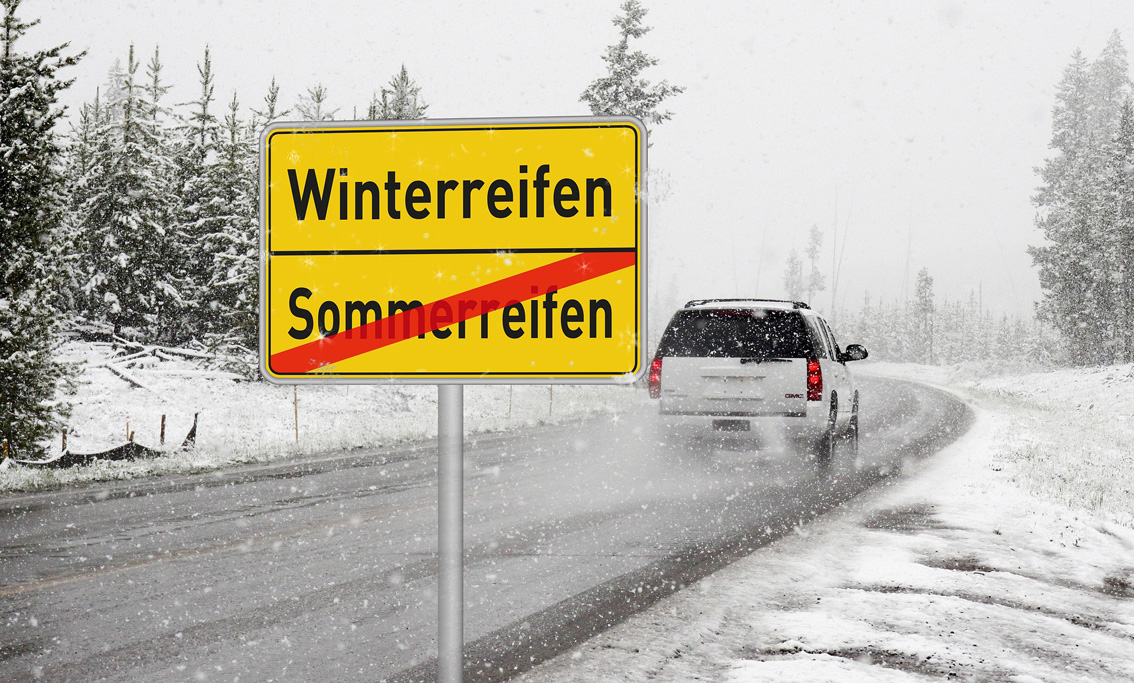
Winter tires should always be used when the outside temperature drops below +7 degrees Celsius in the evening. The guideline for changing tires is later October or early November. When changing tires, also check immediately whether the winter tires have cracks. The tread depth is also important. This should not be less than 4 mm in winter and can be checked easily with a tyre tread gauge. If it is less, the tires should be changed. Please always change tires at least in pairs per axle, never just one alone. Winter tires have a different rubber compound and a different tread structure than summer tires. They are often narrower than summer tires, but usually have a wider contact area on the road. This gives them more grip and makes them stick better in snow, rain and mud. The braking distance as well as the danger of slipping are thus significantly reduced.
For this reason the tire pressure must also be checked to make the car winterproof. It should not exceed the given maximum, because otherwise the winter tire has less contact surface on the road again and therefore it does not have the right grip anymore. It is also not advisable to continue driving with summer tires for too long in cold temperatures. Their rubber compound is not designed for cold weather. This can cause the tire to become hard and lose its grip. When checking, do not forget the spare wheel, if it is still there. The rims should also be inspected briefly to see if they are damaged or show other changes.
2. Starter Battery
Car batteries generally do not like cold. They discharge faster and cannot give their full power. In order not to get stuck in winter due to a weak starter battery, it should be checked during the winter check. Does it still have enough voltage? If not, a longer drive is necessary to recharge it. If driving does not improve the voltage, you can try to recharge the battery with a battery charger. If that doesn't help either and the voltage drops quickly, the car battery is too old and must be replaced. Here then take care that it has the same specifications as the old starter battery.
To the starter battery range
In addition, there are also good ways of conserving the car battery in winter. These include, for example, switching off unnecessary consumers when starting. This includes, for example, seat heating and the radio. These consumers should also not be on when the car is parked somewhere without ignition. This can be at the level crossing, or because someone is waiting for another person, you are stuck in a traffic jam etc. For longer journeys you can also take a battery charger with you. If the battery runs out of juice, you have direct help at hand.
3. Car lighting
Especially in the days when it gets light late and dark early, it is important that drivers can see well and be seen well. Of course, this also includes ensuring that all lamps on the vehicle are working properly. During the winter check, go around the car and see if all the lights are on. Do the same with the brake lights, indicators, fog lights and hazard lights. When testing the brake lights, either ask someone else to help, or stand on a wall or in front of a car and check if the brake lights are properly visible there.
Since incandescent lamps are affected by moisture and cold, it is quite possible that the lamps will break in winter. In such cases, it is advisable to always have replacement light bulbs ready in your car. Conventional light bulbs are also available as a ready-made replacement bulbs set. Who would like to have gladly more range and/or brighter light, can use the Night Breaker line of Osram. These are available for halogen lamps as well as for xenon bulbs.
Another little tip: If the car is covered with ice, not only scratch the windows free, but also the headlight lamps. This is the only way to ensure that the surroundings are adequately illuminated.
To the car lamps assortment
4. Brake system
Especially in rain, snow and slippery conditions it is important that the brakes always work perfectly. Road salt, dirt etc. can additionally impair the braking effect and cause rust film. More frequent and heavy braking also causes the brake pad coatings to wear more quickly. To make the car winterproof, brake pads and brake disks should be checked and, if necessary, dirt and grime should be removed. If the pads are already too far down, it is recommended to replace them by axle.
To the brakes sets

5. Windscreen wipers and antifreeze
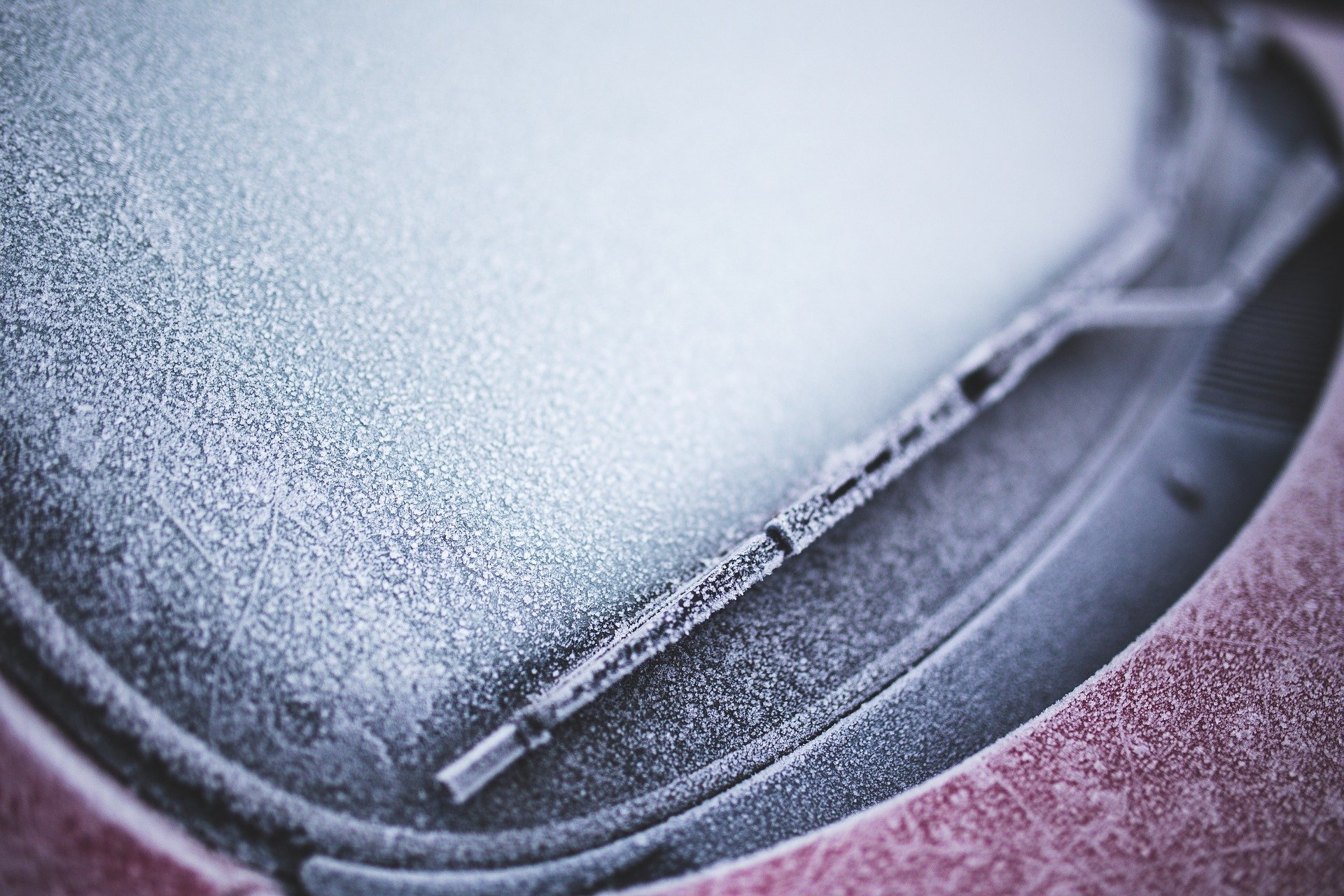
Windscreen Antifreeze should be filled in and used before the first frost (low temperatures of -5°C). Only in this way is the frost protection active in all pipes and they cannot freeze. It should also be ensured that there is always sufficient screen antifreeze in the system. Therefore, do not simply refill with water, but additionally refill the antifreeze. With the windscreen antifreeze there are the concentrates, which are diluted with water, and the ready mixtures, which can be filled in directly. For antifreeze concentrates, the dosage depends on the ambient temperatures. The colder it is, the less diluted the concentrate should be used. The exact mixtures are indicated on the containers.
In addition to the windshield antifreeze, the window wipers should also be checked during the winter check. They should be clean and intact. If the wipers draw streaks, they should first be wiped with a damp cloth. Then you can check whether the rubber lip is frayed and even broken. If this is the case, the wipers should be replaced. In doing so, also consider the rear wipers, if present. When changing the wipers, make sure that the connections and lengths are correct. To extend the service life of the windshield wipers, they should be folded up from the windshield in parked condition when there is a danger of ice. It should also be avoided to use the wipers as ice scrapers. This will cause them to wear out more than necessary and they would have to be replaced earlier. If you don't want to scratch, you can alternatively use disc de-icer sprays.
What is also a regular phenomenon in winter or in wet weather are fogged windows from the inside. The cause is excessive moisture in the passenger compartment. When it gets really cold, this moisture can even cause the windows to ice up from the inside. For this reason, it is recommended that you carry a dehumidifier in the passenger compartment. These are made of granules and absorb the moisture. They can be reused several times and some of them also absorb odors.
To the windshield wiper assortment
6. Radiator Antifreeze
In addition to the antifreeze for the windows, the radiator antifreeze for the cooling water is also important. However, this should be included all year round. If the coolant is topped up, an appropriate antifreeze should always be added. If there is enough antifreeze, it can be tested with a antifreeze tester. There are different antifreeze agents with different colors.
Common antifreeze agents contain ethylene glycol, water and silicates. They are usually green or blue. There are also silicate-free antifreeze agents, which are often red or purple. Finally there is a combination of both types, which combine the advantages of both. They are long-lasting and protect against corrosion for a long time. You can find out which antifreeze suits your vehicle in the manual of your car. The color is not necessarily the deciding factor when buying, since not all manufacturers use the same colors. Therefore, pay attention to the designations.
To the radiator antifreeze range
7. Car body condition
During the winter check, the bodywork must also be checked for damage. Are there deep scratches or already rusty spots? Then these should be treated to make the car winterproof. Scratches can be closed with scratch removers and paint correction pens. Rusty areas should be treated with rust removers and sealed with rust converters. This ensures that snow, road salt and dirt do not further attack the areas and rust can form or increase.
8. Locks / Seals
Has it ever happened to you that you wanted to get into your car after an icy night and couldn't open the door? This can happen if the door seals are damp and freeze due to the cold temperatures. For this purpose, there are rubber care sticks, for example from Sonax, which contain Vaseline. They are applied thinly to the seals. This keeps the rubber seals supple without losing their adhesion and prevents them from freezing.
Locks can also freeze.
Lock deicers help to prevent this, and also protect against rust and moisture. Lock deicers can be used as needed or as a preventive measure.
9. Spark plugs
In winter it happens again and again that the car does not want to start. One reason for this can be too much moisture in the spark plugs. This means that the fuel mixture cannot ignite well enough. In addition, existing condensation water can cause the engine to die off again and again. If the spark plugs are also worn out, the starting problems become worse in winter. If the engine does not start, the spark plugs should be cleaned. If this does not help and other causes can be ruled out, the spark plugs should be replaced. Please refer to the manual to find out which spark plugs are the right ones for your vehicle, as they differ in shape and type.
To the spark plug assortment
Recommended winter accessories in the car
Besides checking the vehicle, it is also worth checking that all relevant winter accessories are in the car. To make the car winterproof the following winter equipment belongs in the car:
To the winter accessories
With the 10 steps the winter check on the car is finished - snow and ice may come. By the way, the car should be cleaned of dirt again and again, even in winter. The only thing you have to make sure here is that everything is dry again before it gets icy again. So nothing can freeze and the car still runs more trouble-free. The car must always be cleared of snow, otherwise fines may be imposed. In addition to the winter check on your car, we also have tips for you on how you can save fuel in winter. We wish you a good journey at all times and get through the winter well.

